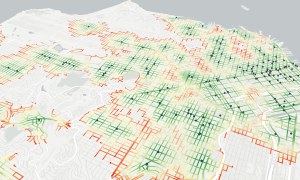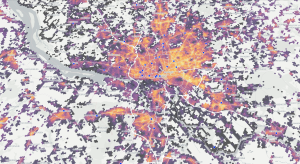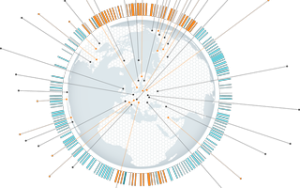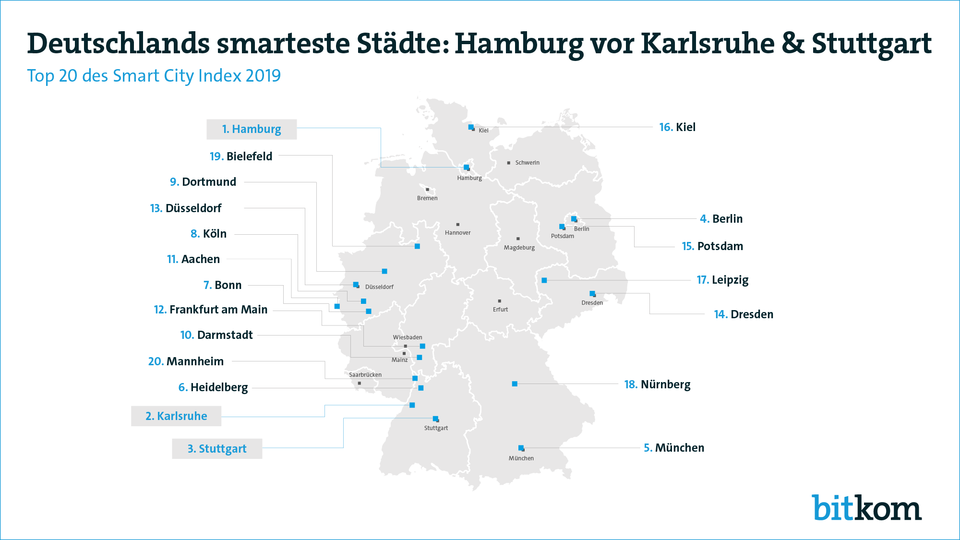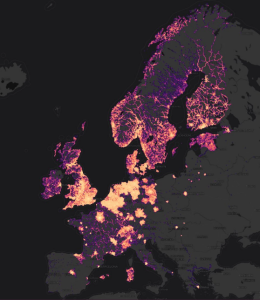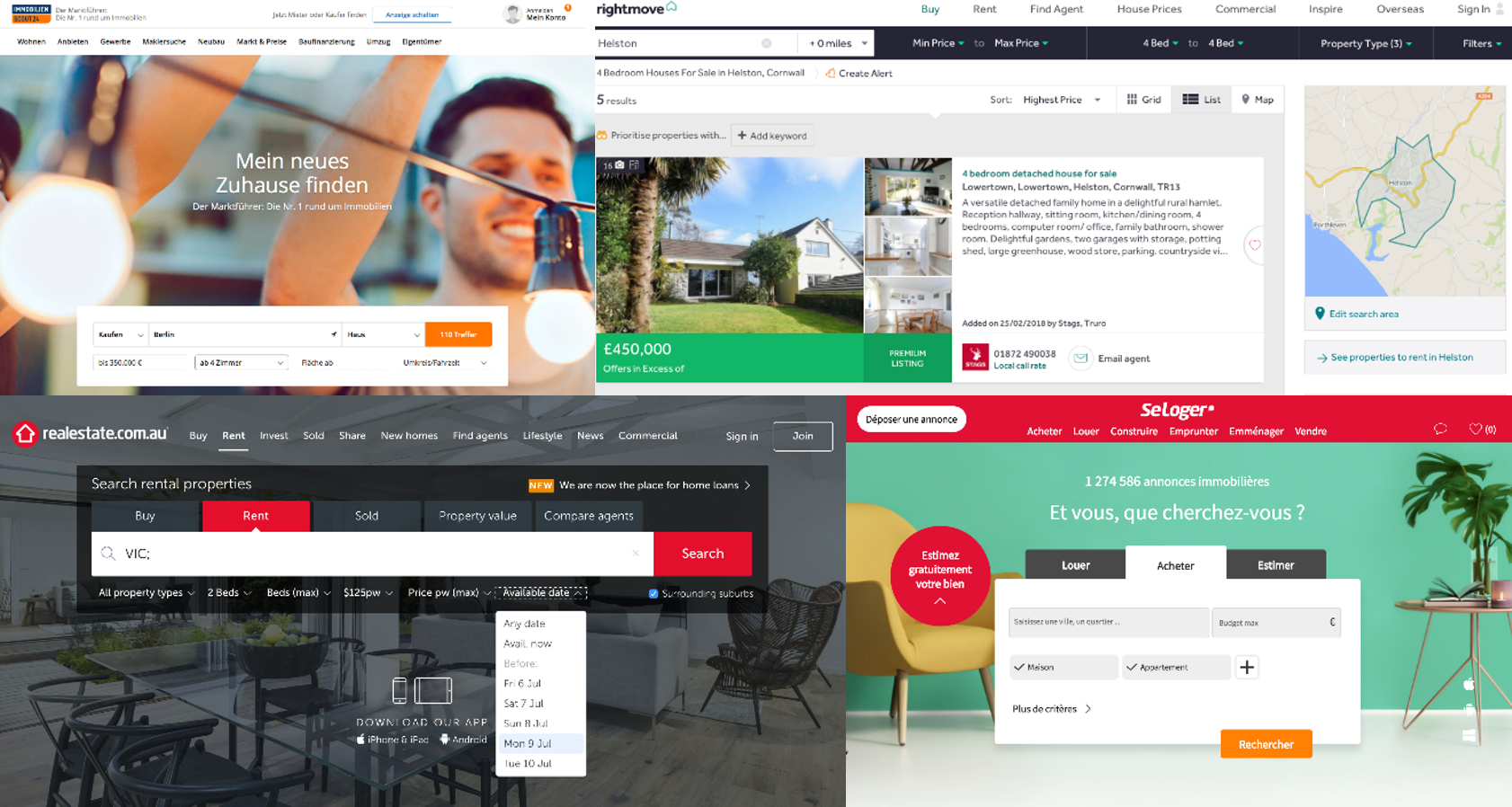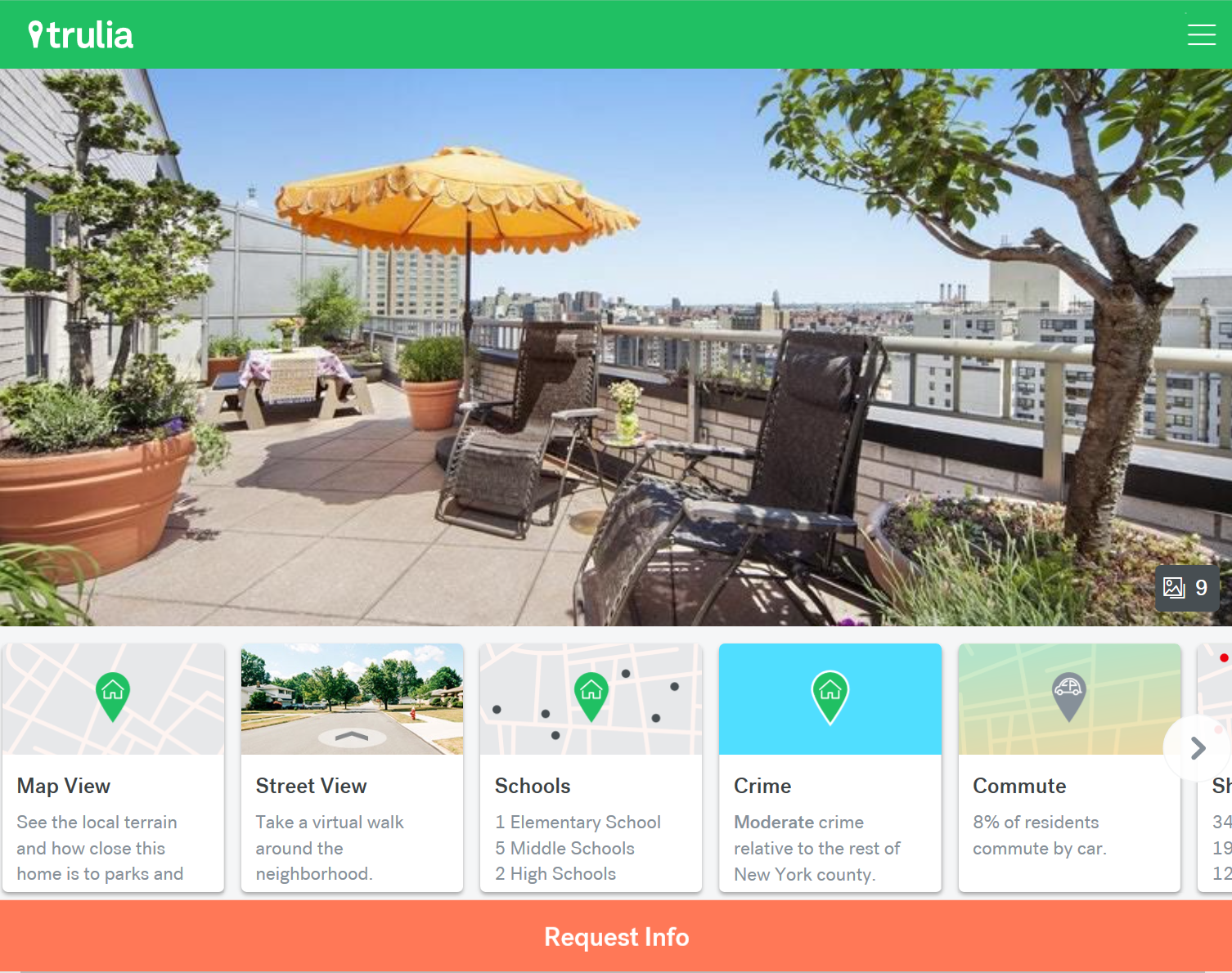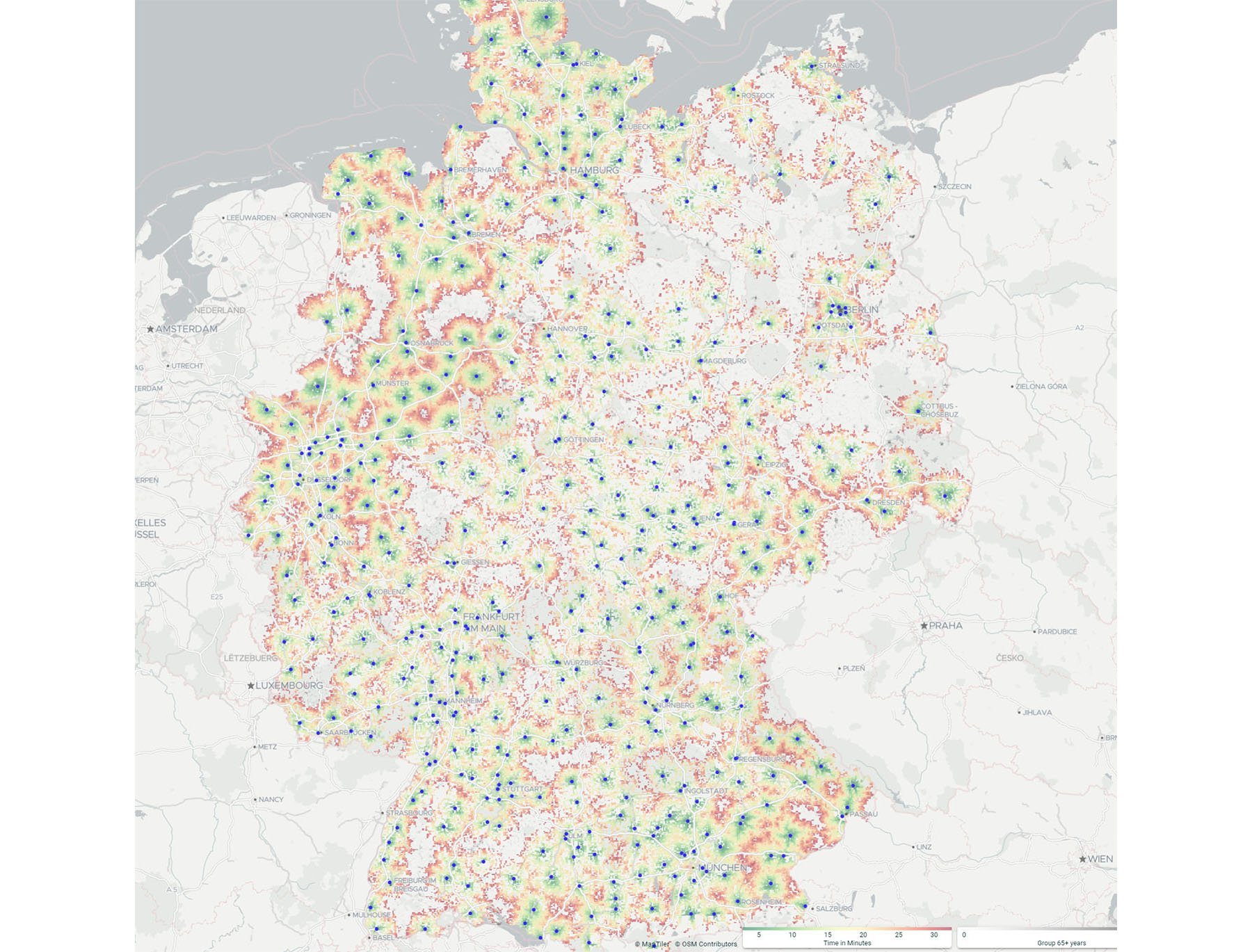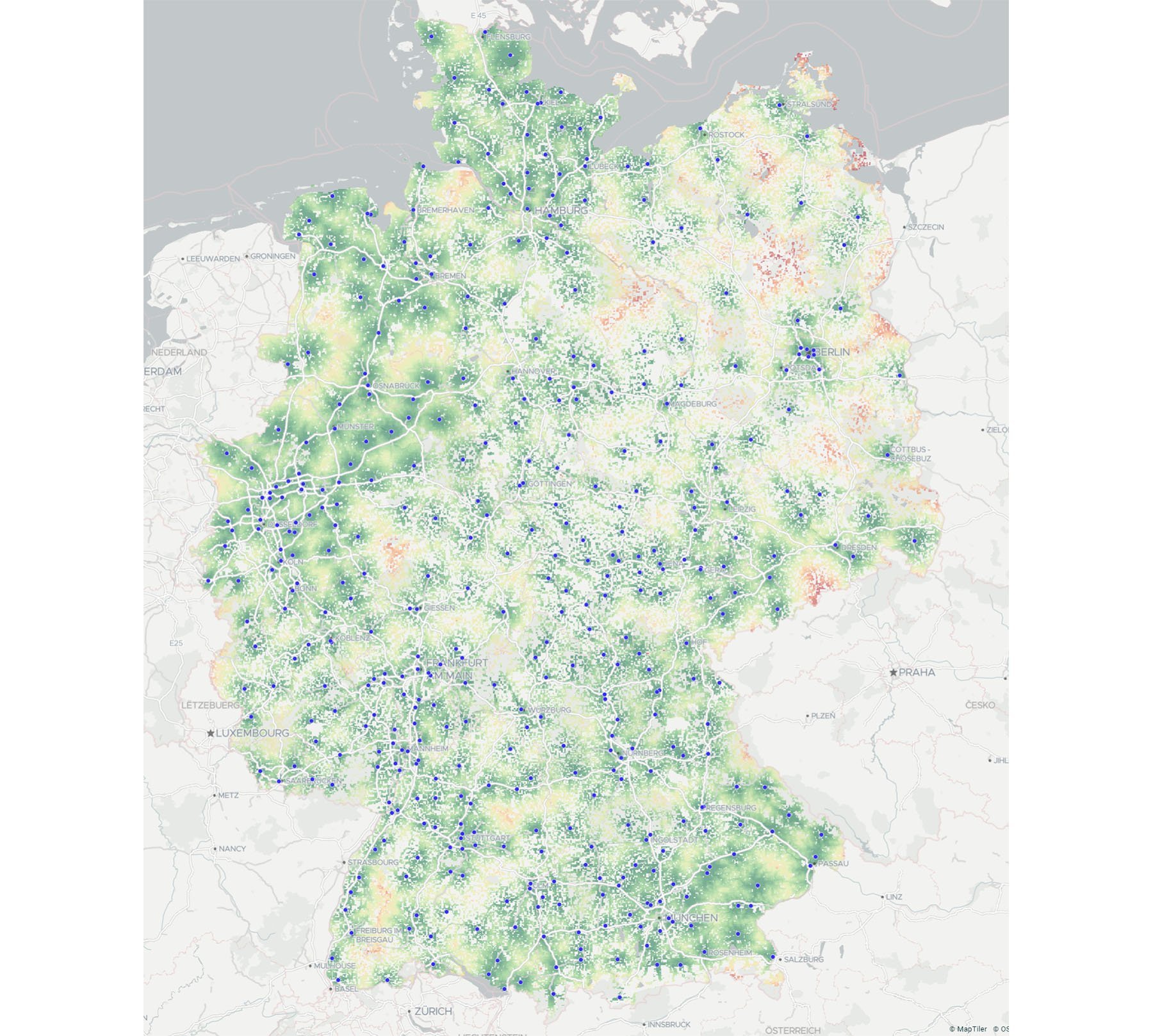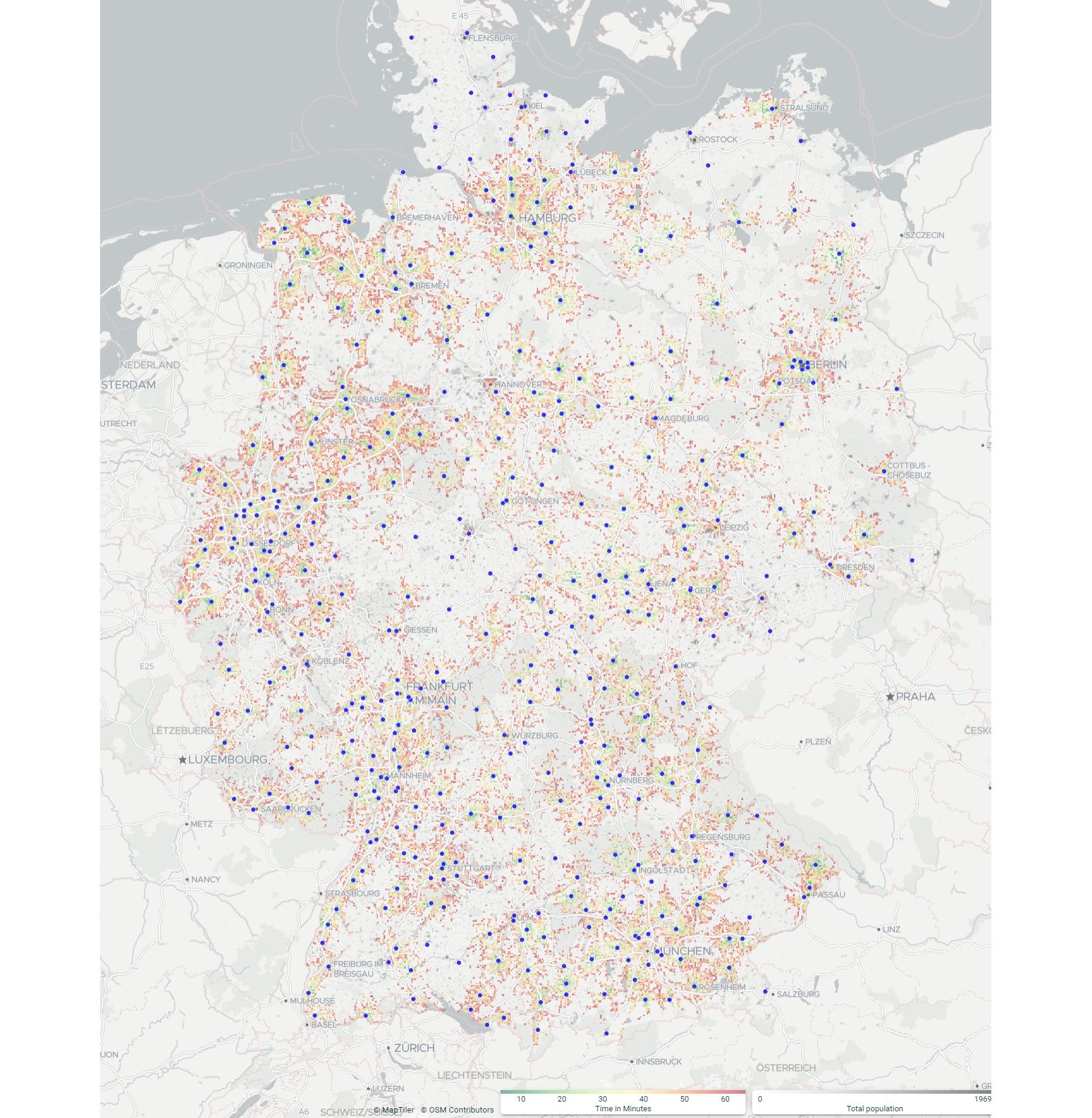A Leading Real Estate Platform Uses Location Intelligence to Transform House Hunting

For real estate platforms, staying ahead of the competition isn’t an easy task: house hunting changed little over the years. Do you want a garden? Two rooms? A central location? These standard questions don’t reflect the complexities of life, let alone the hustle and bustle reality of urbanites. SeLoger, one of France’s most popular real estate platforms, introduced a ground-breaking way to deliver a better search experience: house seekers can now filter results by commute times. Targomo made this possible.
The Importance of Travel Time in Real Estate Search
In 2017, SeLoger partnered with Targomo to implement an innovative idea. They realized that searching for a new home by postal code is static and simplistic. Instead, people’s lives revolve around a variety of locations (work, gym, university, kindergarten to mention a few) and the different ways to get there (car, public transport, bike, or on foot). In other words: The location of the perfect home is determined by its relation to the places that matter most and the time it takes to get there.
SeLoger, part of German media and classifieds group Axel Springer, decided to help its 30 million monthly users find a home that reflects life in all its complexity. They did so by incorporating Targomo’s travel time polygons into their platform.
Location Intelligence in Action
Imagine a parent who wants to limit her drive to work to 30 minutes. At the same time, she wants to live within 20 minutes from her daughter’s kindergarten by public transport. Most real estate platforms wouldn’t know how to answer these requests. But with the help of Targomo’s API, people can use SeLoger to set two places that matter to them, how they want to get there, and how fast.
As a result, listings that fit these preferences are clearly visualized. People can focus on realistic locations and feel confident that their needs are met. As an added benefit, they might discover new neighborhoods they had not considered before.
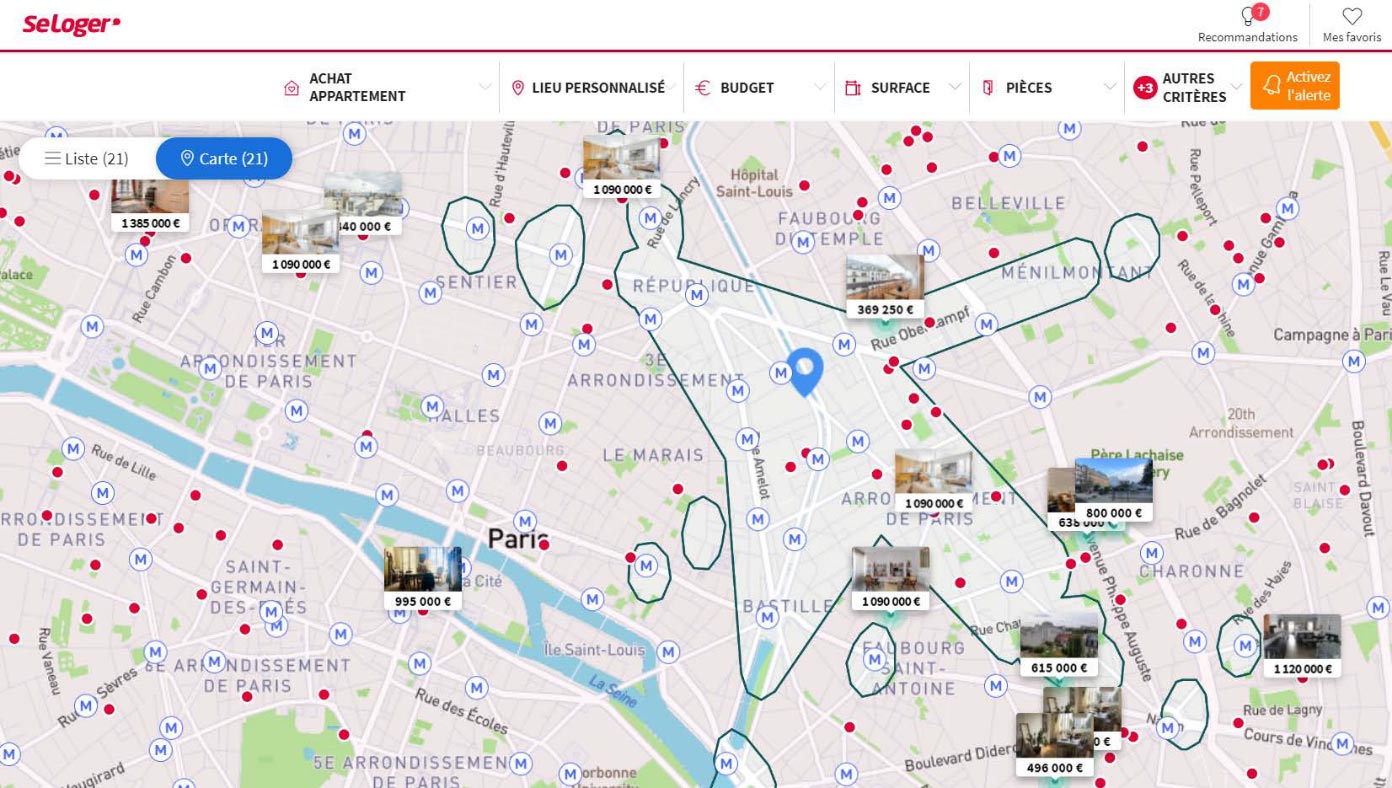
Integrating Targomo’s API is Easy and Quick
When looking for a partner to implement its new location intelligence feature, SeLoger thoroughly surveyed the market. Ultimately, they chose Targomo’s API for its technical capabilities – Targomo includes several means of transport, allows for multiple destinations, and easily integrates into existing platforms. After only one month, SeLoger launched the new location intelligence feature on their platform.
[quote text=”The Targomo API is technically impressive and easy to integrate. Within one month we were ready to launch our new feature.” type=”long” name=”Amel Taibi” role=”Head of Product at SeLoger”]
Before integrating travel time, only 4% of all home seekers on SeLoger used maps to visualize real estate offers. Most people still relied on lists without spatial context. Today, that number is 10%. In other words: 3 million monthly users rely on location intelligence to find their next homes.
Unexpected Customer Insights and Bold Experiments
Location Intelligence also delivers new customer insights. SeLoger realized that most people prefer to drive up to 30 minutes to their work or particularly look for schools around real estate offers. These insights help the company to continuously improve the user experience.
SeLoger also offers other services in the real estate sector and they believe that location intelligence will be useful in a variety of applications: searching for holiday homes, planning new construction projects or finding the optimal coworking space. Targomo API can help in all these use cases.
Learn more about our services for real estate platforms.
Comments Off on A Leading Real Estate Platform Uses Location Intelligence to Transform House Hunting

